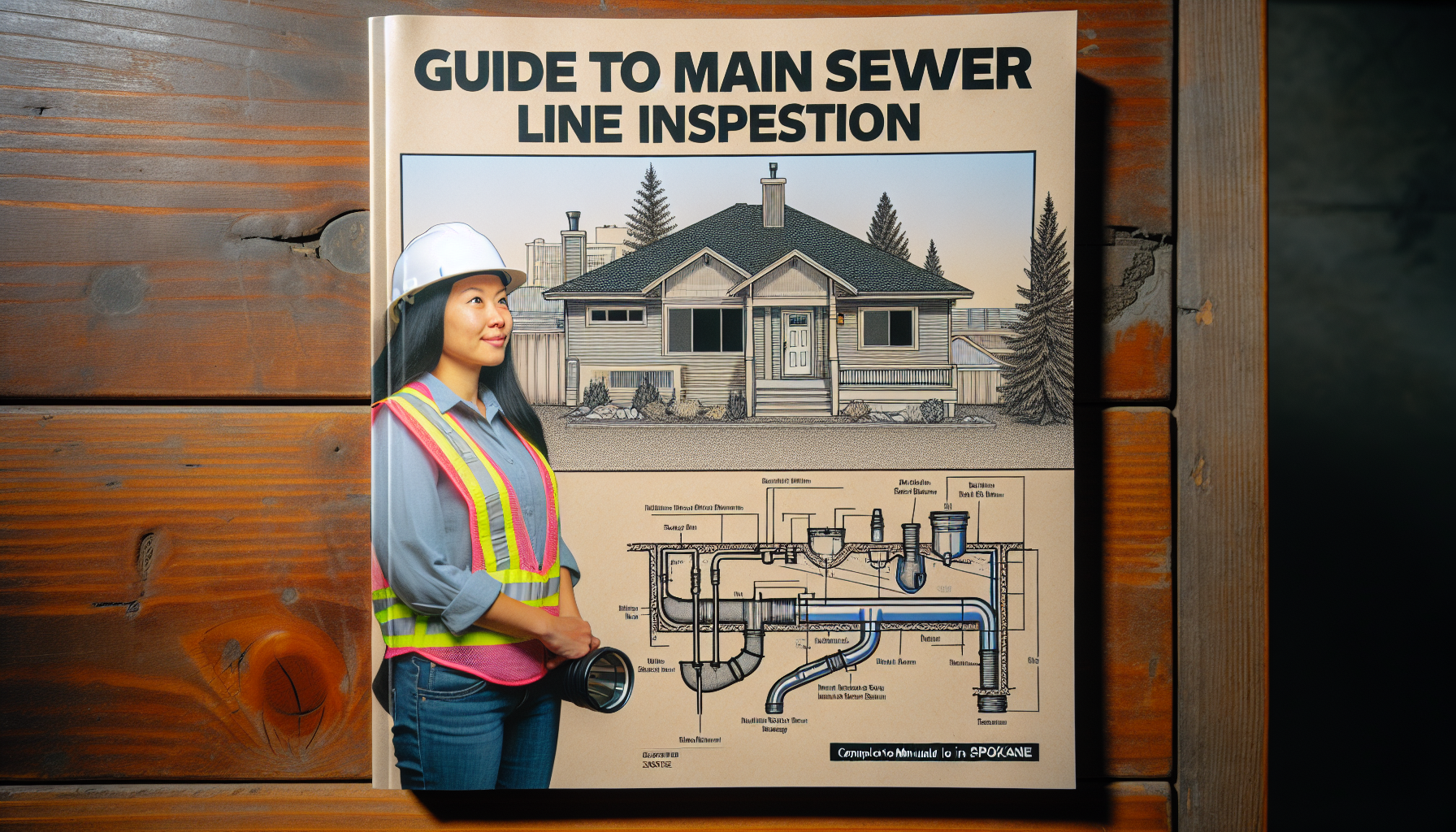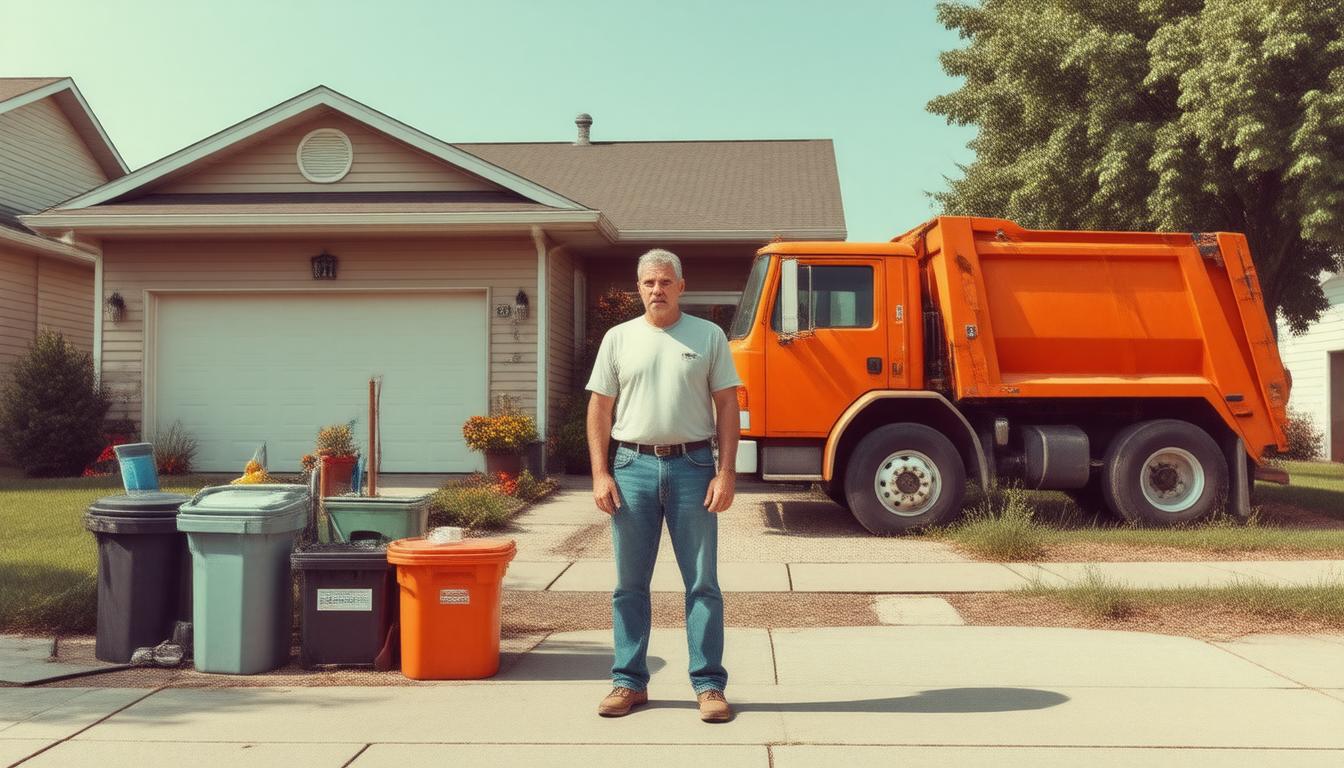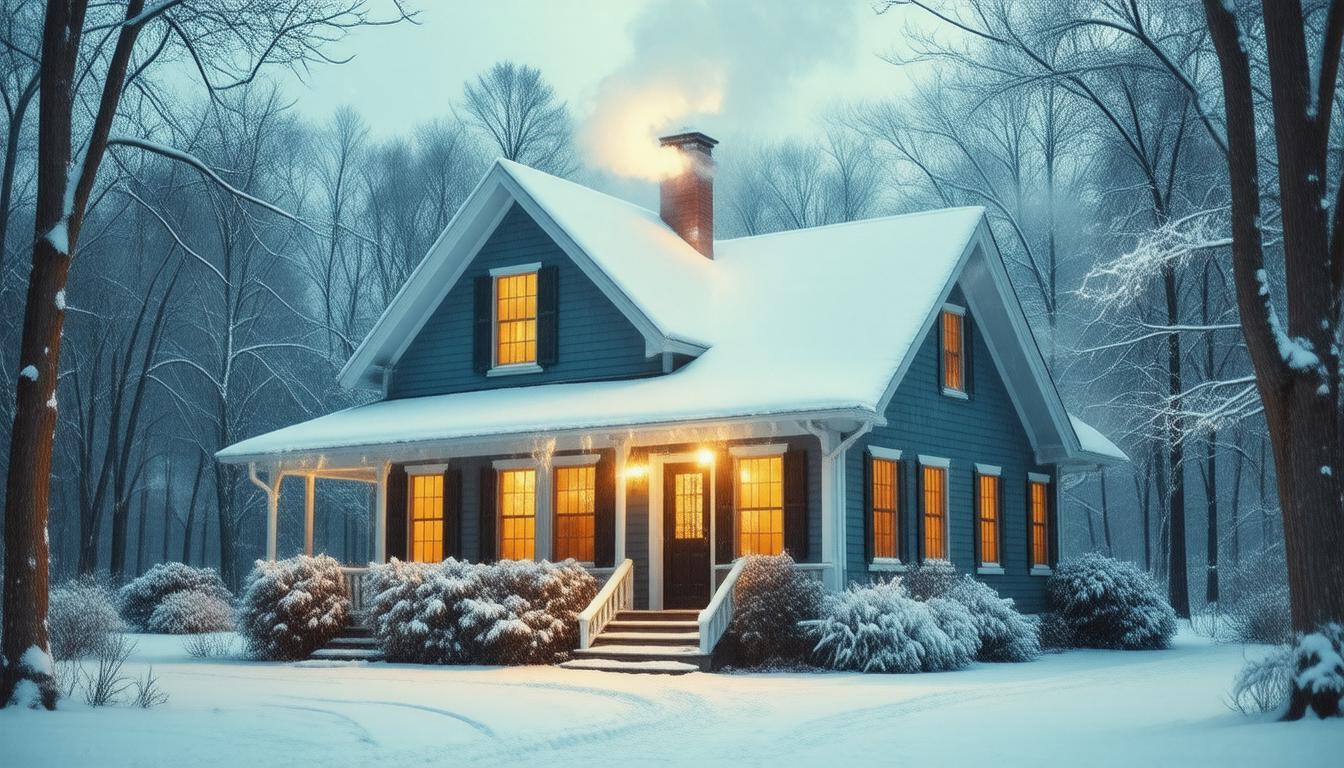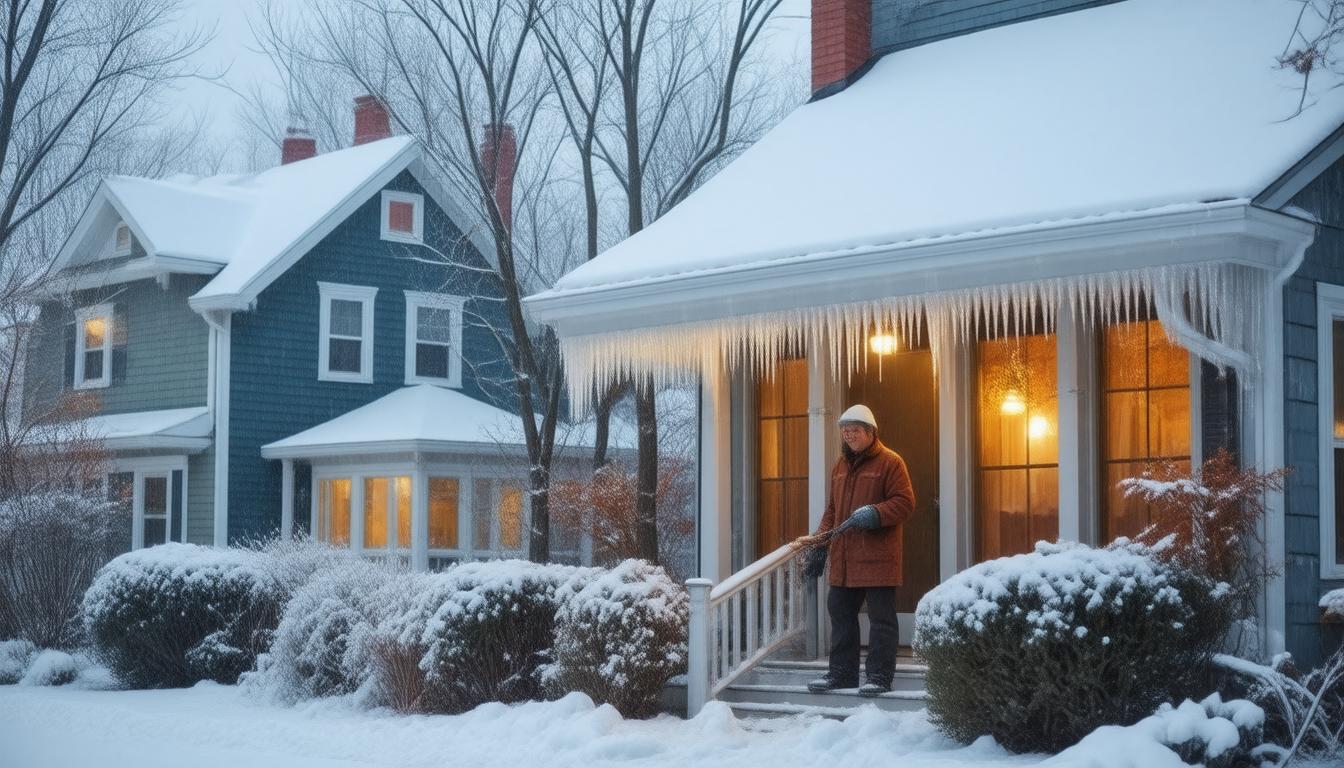
When it comes to maintaining a home, one of the most critical yet often neglected aspects is the main sewer line. A properly functioning main sewer line is essential for ensuring that waste water flows out of your home efficiently and without back-ups. Over time, these lines can deteriorate due to age, tree root intrusion, or other types of blockage. Regular inspections by a professional Spokane home inspector can prevent costly repairs and identify problems before they escalate.
When to Schedule a Sewer Line InspectionIt’s advisable to have your main sewer line inspected if:
1. You are purchasing a new home and want to avoid any unseen problems.
2. Your home is over 25 years old and has never had the sewer line inspected or replaced.
3. You frequently experience backups or clogs in your drains.
4. You notice signs of potential sewer line issues, such as gurgling noises from the toilet, slow-draining sinks or bathtubs, or foul odors coming from drains.
Timely inspections can save homeowners from unexpected disruptions and the high costs associated with repairing or replacing a damaged sewer line.
What Does a Sewer Line Inspection Entail?A sewer line inspection is typically performed using a specialized waterproof camera that is inserted into the sewer line through a cleanout or other access point. This sewer camera provides a live feed that allows the inspector and homeowner to see the condition of the pipe in real-time.
The goals of an inspection are to:
1. Identify blockages or clogs that may be impeding flow.
2. Locate any cracks, breaks, or collapses in the pipe that could lead to leaks or backups.
3. Detect sags in the pipeline, known as “bellies,” which can collect debris and waste.
4. Discover tree root infiltration that could damage the sewer line.
5. Evaluate the overall condition of the pipes and joints.
After the inspection, the home inspector will provide a detailed report on the condition of the sewer line, along with recommendations for any necessary repairs or maintenance.
Repair Options for Damaged Sewer LinesIf damage or issues are found during the inspection, there are several repair options:
1. Pipe cleaning or hydro jetting to remove blockages.
2. Pipe relining, which involves inserting a new liner into the existing pipe to seal cracks and restore flow.
3. Pipe bursting, a technique used to replace severely damaged pipes by breaking them apart while simultaneously pulling through a new pipe.
4. Excavation and pipe replacement for the most serious damages that cannot be repaired using trenchless methods.
The choice of repair will depend on the extent of the damage, the type of pipes, and the overall condition of the sewer system.
How Homeowners Can Maintain Their Sewer LinesPreventative maintenance can extend the life of a sewer line and minimize the need for repairs. Homeowners can follow these simple tips:
1. Avoid flushing anything down the toilet that isn’t human waste or toilet paper.
2. Be cautious about what goes down the kitchen sink and use strainers to catch food particles.
3. Schedule regular cleaning or hydro jetting to remove buildup before it causes a blockage.
4. Replace old pipes that are made from materials susceptible to degradation, such as Orangeburg or clay.
5. Consider the installation of a backwater prevention valve that allows sewage to go out but prevents it from coming back into the home.
By implementing these practices, homeowners can contribute to the longevity and performance of their sewer lines.
ConclusionSewer line inspections are a crucial aspect of home maintenance that shouldn’t be overlooked. Engaging a Spokane home inspector to conduct a thorough sewage system check can uncover potential issues that may lead to costly damage and health hazards if left unaddressed. With diligent maintenance and awareness, homeowners can ensure their sewer lines remain functional and efficient for years to come.







